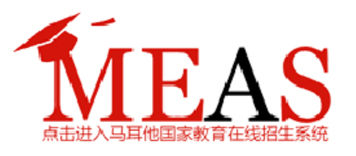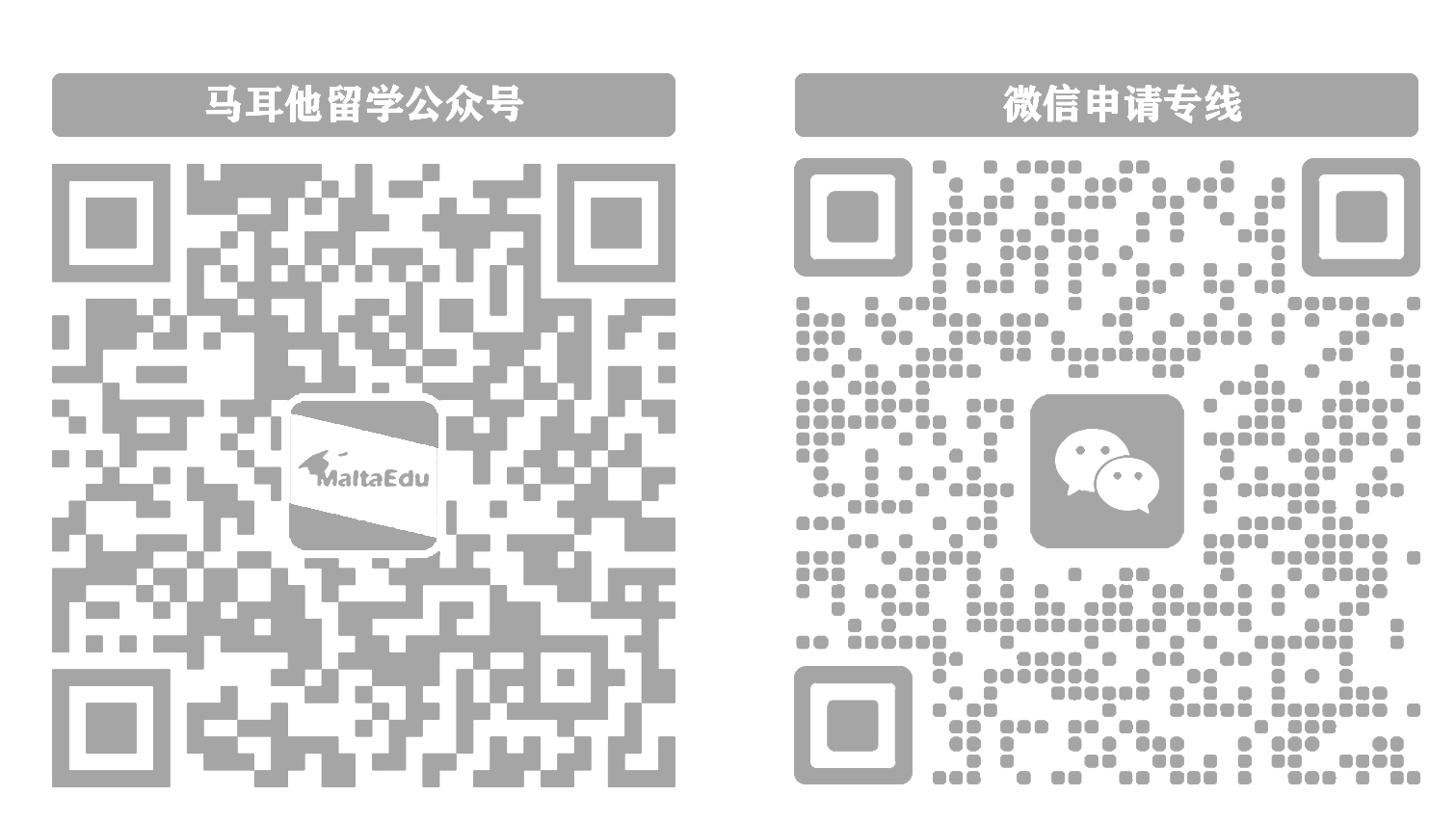The beginning The University of Malta traces its origins to the founding of the Collegium Melitense which was set up through direct papal intervention on 12 November 1592. This college was run by the Jesuits on the lines of their other colleges established elsewhere and known as 'Collegia Externorum', catering for non-Jesuit students. By a papal Bull of Pope Pius IV, dated 29 August 1561, confirmed later by a further Bull of Pope Gregory XIII, dated 9 May 1578, the Jesuits were empowered to confer the degrees of Magister Philosophiae and Doctor Divinitatis. However, the foundation deed specified that besides Philosophy and Theology, other subjects such as Grammar and the Humanities should also be taught.
Following the abatement of the plague of 1675, Grandmaster Nicolò Cotoner appointed Fra Dr Giuseppe Zammit as 'lettore' in Anatomy and Surgery at the Sacra Infermeria on 19 October 1676. This attempt at formalising medical teaching at the Order's hospital is considered by many as the beginning of our medical school. Zammit went on to establish the first medical library on the island as well as a medicinal herb garden in one of the ditches of Fort Saint Elmo.
The establishing of the University After the expulsion of the Jesuit Order from Malta in 1768, Grandmaster Pinto appropriated all the revenue accruing from its property on the island with the aim of establishing a 'Pubblica Università di Studi Generali'. The decree constituting the University was signed by Pinto on 22 November 1769, having been authorised to do so by the papal Brief, 'Sedula Romani Pontifici', received on 20 October 1769. On 25 May 1771, a Collegio Medico was set up as one of the faculties making up the University. At the time of the foundation of the University, the 'Principe dell’Accademia dei Medici' was the surgeon Michelangelo Grima who also held the combined chair of Anatomy and Surgery at the Medical School, whilst the Professor of Medicine was Giorgio Locano.
Past rectors The first rector of the University was Fr Roberto Costaguti of the Servites' Order who had in previous years established a reputation as a preacher. A number of other foreign professors were brought over to help establish the University and these were installed in June 1771. They all lived together in the former Jesuit College. It appears that the Medical Faculty was the only one staffed solely by local teachers, a tradition which has been maintained throughout the centuries.
Soon after Grandmaster Pinto died his successor, Grandmaster Ximenes, reduced the number of chairs and expelled all expatriate staff as an economic measure. During the brief French interregnum formal University teaching came to an end as Napoleon abolished the University five days after landing in Malta on 18 June 1798. Fortunately, a few weeks after the French were forced to leave, Sir Alexander Ball reinstituted the University and appointed as rector Canon F.X. Caruana on 28 October 1800 in recognition of his services during the uprising against the French.
The first rector appointed by the Governor Sir Thomas Maitland, at the beginning of British sovereignty, was the Dominican Fr Gerolomo Inglott, the Professor of Philosophy. During the British period the University underwent a series of changes in its statutes and regulations bringing it into line with universities in the United Kingdom. The present coat of arms and the motto 'Ut Fructificemus Deo' were proposed on 1 March 1923 by the rector, Professor Sir Themistocles Zammit. Between 1937 and 1974, (when Malta became a Republic) the University petitioned for and obtained the right to the use of the word 'Royal' in its title.
The list of past rectors since 1771.
After the Second World War Following the Second World War, the Library and support structures were strengthened. The Evans Laboratories were opened in 1959 to house the Faculty of Science near the old hospital of the Knights in Valletta and a new Medical School building near St Luke's Hospital in Guardamangia was opened in 1968. At the same time, the new campus at Msida was inaugurated.
The Faculty of Mechanical and Electrical Engineering (now, the Faculty of Engineering) and the Faculty of Education became part of the University when the former Polytechnic (known also as the Malta College of Arts, Science and Technology) was incorporated with it. | 马耳他大学可以追溯到 Collegium Melitense 的成立,这是由教宗直接干预于1592年11月12日建立的。这所学院由耶稣会负责管理,按照他们在其他地方建立的其他学院的模式运作,被称为“Collegia Externorum”,为非耶稣会学生提供教育。根据教皇庇护四世于1561年8月29日颁布的教皇圣旨以及后来教皇格列高十三世于1578年5月9日颁布的进一步教皇圣旨,耶稣会有权授予哲学硕士和神学博士学位。然而,基金章程规定除了哲学和神学外,还应教授其他学科,如语法和人文学科。
在1675年瘟疫消退后,尼古洛·科托纳大首领于1676年10月19日任命乔治·查米特博士为圣克拉医院解剖学和外科的“lettore”。许多人认为这次在圣约翰骑士团医院正式开设医学教育的尝试是我们医学院的起始。查米特博士随后在岛上建立了第一家医学图书馆,以及圣埃尔莫堡垒的其中一个壕沟内的草药园。
大学的建立
在1768年耶稣会被驱逐出马耳他后,平托大首领没收了该组织在岛上的所有财产所产生的收入,旨在建立“普布利卡·乌尼维尔西塔·迪·斯图迪·杰纳雷利”。平托大首领于1769年11月22日签署了组建大学的法令,他获得了教皇方济各十四世于1769年10月20日颁发的教皇公文“Sedula Romani Pontifici”的授权。1771年5月25日,医学学院作为大学的一个系成立了医学学院。在大学成立时,“医学院首领”是外科医生米开朗基罗·格里马,他还担任医学院的解剖学和外科综合讲座,而医学教授是乔治奥·洛卡诺。
历任校长
大学的第一任校长是来自Servites修会的罗伯托·科斯塔古蒂神父,他在之前几年间已经成为一名著名的传道者。一些外国教授被邀请过来帮助建立大学,并于1771年6月入职。他们都住在之前的耶稣会学院里。医学系似乎是唯一由当地教师全面承担教学任务的系,这一传统在整个世纪内一直延续下来。
不久,平托大首领去世后,他的继任者西门尼斯大首领减少了教职数目,并将所有外籍员工驱逐出境以节省开支。在短暂的法国接管期间,随着拿破仑于1798年6月18日登陆马耳他并废除大学,正式的大学教学也随之结束。幸运的是,法国人被迫离开几周后,亚历山大·鲍尔爵士重新建立了大学,并于1800年10月28日任命弗朗西斯科·艾克斯·卡鲁阿纳牧师为校长,以表彰他在反对法国人的起义中所作的贡献。
在英国主权开始时由托马斯·梅特兰爵士任命的第一任校长是多米尼加的格罗洛莫·英格洛特神父,他是哲学教授。在英国时期,大学的章程和规定经历了一系列变革,使其与英国的大学保持一致。现在的大学徽章和座右铭“Ut Fructificemus Deo”是由校长、塞米斯托克利斯·查米特爵士于1923年3月1日提出的。从1937年到1974年(马耳他成为共和国),大学申请并获得了在其名称中使用“皇家”一词的权利。 自1771年以来的校长名单。
二战后
第二次世界大战结束后,图书馆和支持结构得到了加强。1959年,埃文斯实验室落成,用于容纳瓦莱塔骑士旧医院附近的科学系。1968年,新的医学院建筑在瓜达曼吉亚的圣卢克医院附近启用。同时,密西达校区也正式启用。
机械与电气工程系(现在称为工程系)和教育系成为大学的一部分,前理工学院(也称为马耳他艺术、科学与技术学院)并入大学。
|


